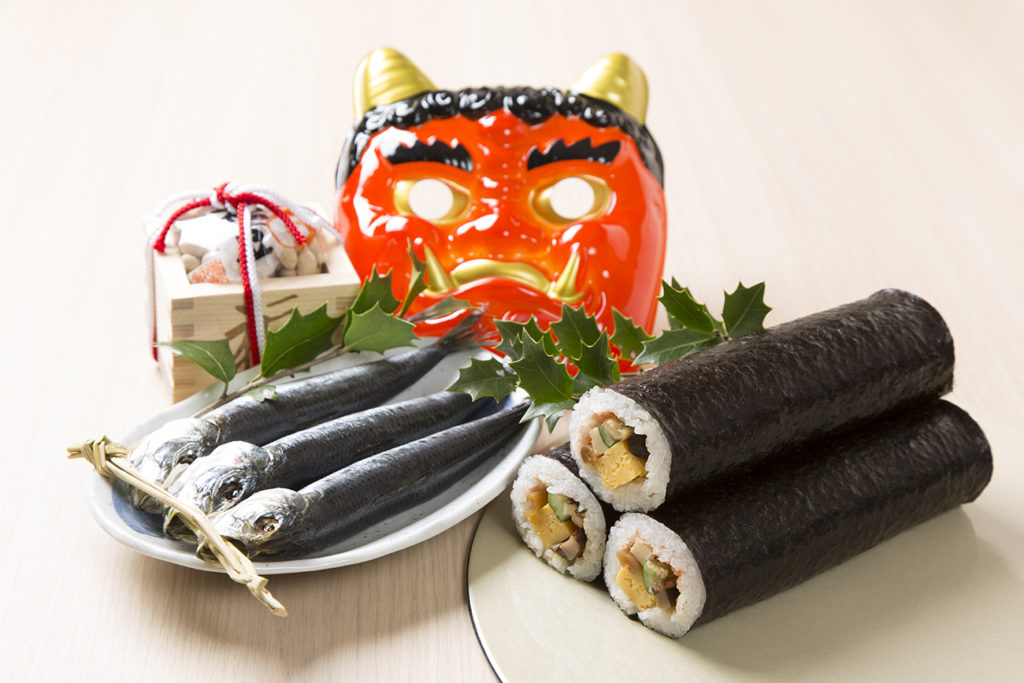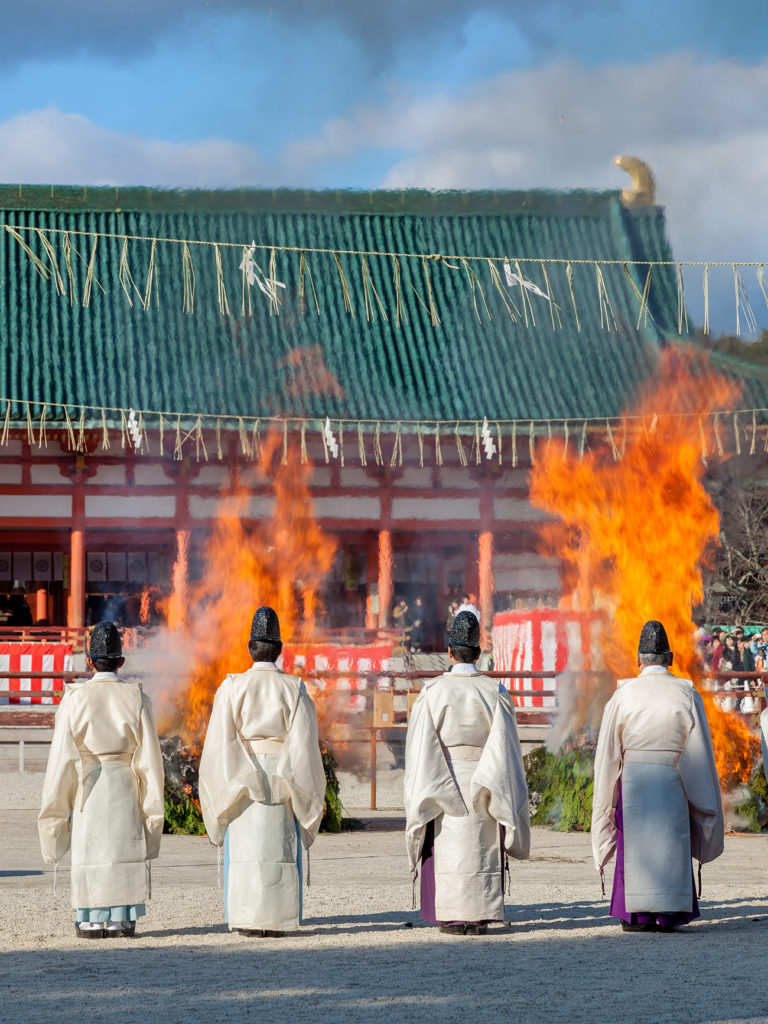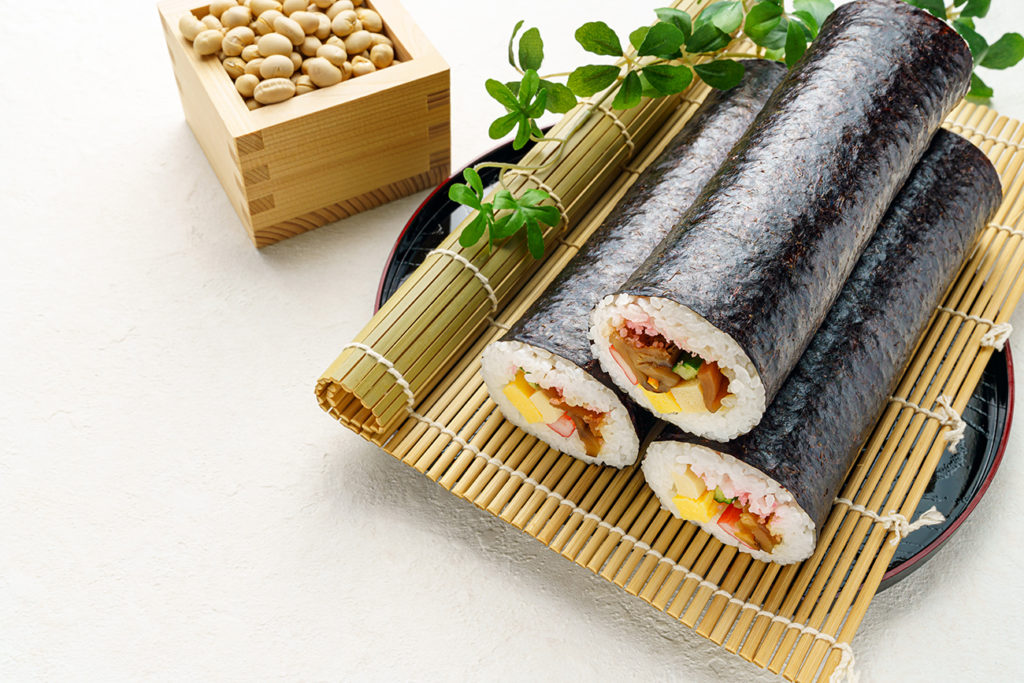
Welcome Spring with Setsubun and Risshun
For many centuries, it has been a custom for Japanese to perform rituals to chase away evil spirits during the start of spring. Setsubun (節分) or “seasonal division” is a Japanese festival held yearly on the day before the beginning of spring based on the Japanese lunar calendar. Risshun (立春) is the first day of spring. Setsubun and Risshun are celebrated as part of the Spring Festival or Haru Matsuri (春祭) in Japan.
Cleansing the previous year before the new season begins with Setsubun
Setsubun can be traced to the Chinese custom, tsuina, introduced in Japan during the eighth century. Setsubun is not the official New Year festivities but it is thought of as similar in its ritual and cultural connotations of ‘cleansing’ the previous year as the new season of spring begins. Several rituals and tradition are held during Setsubun to drive away the previous year’s evil spirits and bad fortunes. Although originally practiced in individual homes, Setsubun is now mostly observed in Shinto shrines and Buddhist temples.
Rituals of Setsubun
Mamemaki (‘bean scattering’) – considered as the main ritual in the observance of Setsubun. Roasted soybeans or fukumame (fortune beans) are either thrown out from the front door of one’s home or at a family member wearing an oni or demon mask while shouting “Devil’s out! Fortune in!” (Oni wa soto! Fuku wa uchi!), before slamming the door shut. Beans symbolize the purifying of homes by driving away evil spirits that may bring misfortune and bad health to the family. A part of bringing luck in, it is customary to eat roasted soybeans. People may also choose to attend a shrine or temple’s spring festival to observe the practice of mamemaki.
Makizushi and soybean
Eho-maki sushi rolls (makizushi) – a common custom observed during Setsubun, one is supposed to eat the roll in silence while facing the lucky direction of the year.
Hiragi Iwashi – sardine heads and holly leaves are used to decorate the entrance of a house to ward off evil spirits.
Shogazake – a special type of sake brewed with ginger is customarily enjoyed during Setsubun.
Beginning of spring, Risshun
Risshun marks the beginning of spring. Until Japan adopted the Gregorian calendar in 1873, locals had been counting time using the old lunar calendar based on the waxing and waning of the moon. This method isn’t always in sync with the actual seasons. Farmers largely relied on the nijushi sekki, a system that divides the year into 24 periods of 15 or 16 days each. This corresponding to changes in the sun’s position and its apparent path among the stars during the year. Risshun was an important day for farmers because dividing the season was based on the first day of spring.
